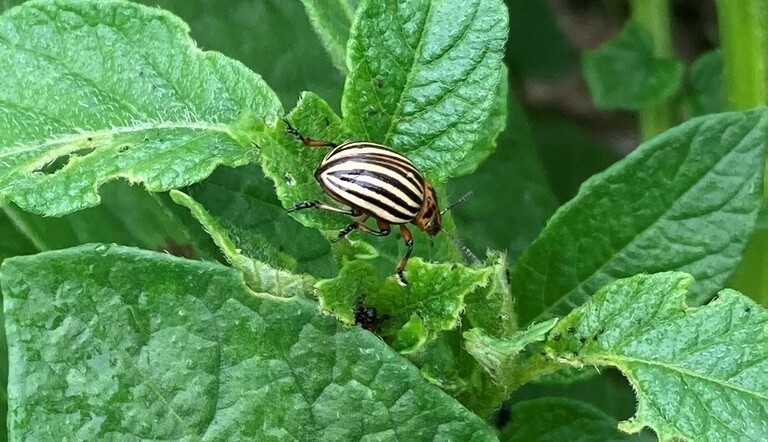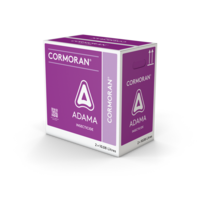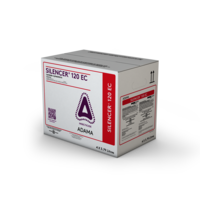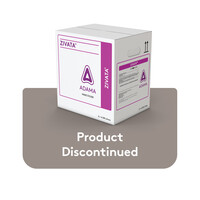
Pest Profile: Colorado Potato Beetle

Description and life cycle:
- Adults are a rounded, relatively large beetle (10 mm long by 7mm wide), with 10 thin black stripes on their wing covers.
- Yellowish eggs are laid in bunches of 25-40, which hatch in larvae.
- Larvae are orangey in color, with a humped appearance. They progress through 4 instars; 1st instar (1.5-2 mm), 2nd instar (up to 5 mm), 3rd instar (up to 8 mm), 4th instar (up to 12 mm).
- In the fall adult beetles will burrow into the soil to overwinter, with greatest survival rates on the undisturbed soil of field edges.
- The beetles that emerge the following spring are referred to as the first generation, and they will seek out a Solanaceae food source.
- Breeding occurs shortly after the first generation emerges, and those adults will live for 4-5 weeks.
Eggs laid by the first generation (up to 400 per female) will hatch in 4-9 days and progress through the instar stages over 7-20 days (very temperature dependent).
- After the 4 instars the larvae will drop to the ground, bury themselves, pupate and emerge as adult beetles 5-9 days later.
- The adults that emerge are referred to as the second generation, and depending on the environmental conditions a third generation may occur.
- Remaining adults in the fall will burrow and restart the process the following year.
Crop Damage:
- Both adult beetles and larval instars are damaging to Solanaceae crops like potatoes, tomatoes and peppers.
- Colorado Potato Beetles are chewing pests, consuming the leafy tissues.
- Loss of leaf material can severely impact the health of the crop and drastically impact yield.
Economic Thresholds:
- Scouting, for all stages of Colorado Potato Beetle, including the eggs is the most crucial step for management of this pest.
- Exact economic thresholds vary for Colorado Potato Beetles across growing region and crop; follow the guidance of your local extension agent’s recommendations.
Below is the recommendation from Ontario
Number of CPB per 50 Plants/Stems (Courtesy Ontario Crop IPM - Potatoes)
|
Life Cycle Stage |
Low |
Medium |
High |
|---|---|---|---|
|
Small Larvae |
- |
0-74 |
75 |
|
Large Larvae |
0-30 |
31-74 |
75 |
|
Adults |
0-15 |
16-24 |
25 |
|
Egg Masses |
4 egg masses in 50 plants is a potential problem |
||
Control Strategies:
- Crop rotation, ensuring another Solanaceae food source crop is not grown near where adults over winter is extremely important for controlling Colorado Potato Beetle populations.
- Systemic insecticides, to protect early growth and development of Solanaceae crops, is important to help minimize the impacts of first generation beetles.
- Post emergent insecticides may be required for control of the second generation.
- Colorado Potato Beetles can readily develop resistance to insecticides, so ensure rotation of actives, aiming to never use the same mode of action on subsequent generations.
ADAMA’s portfolio for Colorado Potato Beetle:
| ADAMA Product | Registered Crops Impacted by Colorado Potato Beetle |
|---|---|
| SILENCER® 120 EC (Contact) | Potatoes and tomatoes |
| ZIVATA® (Contact) | Potatoes and tomatoes |
| CORMORAN® (contact or ingestion) | Potatoes and peppers (bell and non bell) |
| COSAYR® (ingestion) |
Potatoes and vegetables (refer to the label for the full list of crops) |
Reference Literature:
Ontario Ministry of Agriculture, Food and Rural Affairs. (2025). Crop IPM. https://cropipm.omafra.gov.on.ca/en-ca/crops/potatoes/insects-and-mites/d0c9f45d-9230-4408-8391-42dd02777b60?iid=c807dcf5-00f2-4ceb-a3eb-c21ca47a7203
Related Products

CORMORAN®
Multiple modes of action for codling moth control in apples and Colorado potato beetle control in potatoes as well as a wide range of other insects.

COSAYR®
A long-lasting diamide insecticide, which quickly controls chewing insects. Registered for a broad range of horticultural and field crops.

SILENCER® 120 EC
SILENCER® 120 EC controls a wide range of insects in field, tree fruit and horticulture crops.

ZIVATA®
New choice in insect control giving you the same trusted results in a more sustainable and advanced formulation.